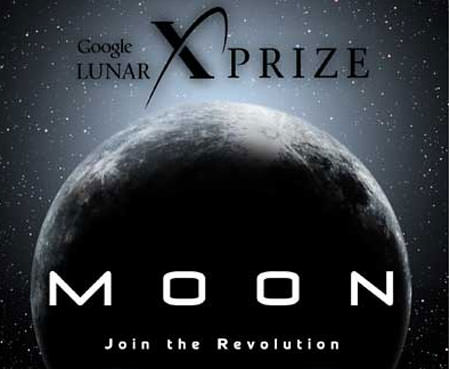For the 18 teams racing to put a robot on the Moon, some good news — they have an extra year to get the job done. Citing the groups’ difficulty in technology and raising money, the Google Lunar XPRIZE competition said the teams will now have until Dec. 31, 2016 to accomplish their missions.
The challenge was first announced in 2007 and the number of teams has stayed fairly steady since at least 2010, when 21 teams were reported in a Universe Today story. Some of the groups are competing for milestone prizes, the latest of which will be announced Jan. 15.
Astrobiotic won two previous competitions for $500,000 (in mobility) and $250,000 (for imaging). The grand prize is still open to everybody, regardless if they choose to pursue the milestone prizes.
“We know the mission we are asking teams to accomplish is extremely difficult and unprecedented, not only from a technological standpoint, but also in terms of the financial considerations,” stated Robert Weiss, XPRIZE’s vice-chairman and president.
“It is for this reason that we have decided to extend the competition timeline. We firmly believe that a whole new economy around low-cost access to the Moon will be the result of the Google Lunar XPRIZE.”
While the deadline has been extended, the goal is the same: the winning team must ferry a robotic machine to the Moon, move 500 meters (1,640 feet) somehow (on, above or below the surface) and send two “mooncasts” back to Earth. In 2013, Weiss told Universe Today that some of the teams had signed launch contracts, but declined to provide many details due to confidentiality concerns.
You can see more details about the teams and their progress on the XPRIZE website. The grand prize is $20 million and there is an additional $10 million available in other prizes.

